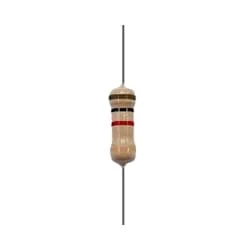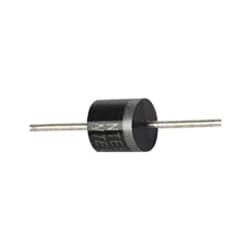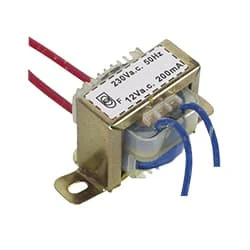12V Battery Charger Circuit Diagram:
This Diagram Shows A 12V Battery Charger Circuit is a Device That Converts an External Power Source, Such as An AC Main or a DC Source, Into a DC Voltage That Can be Used to Charge a 12V Lead-Acid Battery. There Are a Variety of Different Circuit Designs That Can Be Used to Accomplish This Task, But Some of The Most Common Include The Following.
Diagram of 12V Battery Charger Circuit Diagram wiring:
Components Need for this Project:
You can get the components from any of the sites below:
- 1k 1W Resistor [See Buy Click Amazon]
- 1000UF, 25V Capacitor [See Buy Click Amazon]
- 4007 Diode [See Buy Click Amazon]
- 0.01 UF Ceramic Capacitor [See Buy Click Amazon]
- 14V Step Down Transformer [See Buy Click Amazon]
- LED bulb [See Buy Click Amazon]
- 12 Volt Battery [See Buy Click Amazon]
*Please note: These are affiliate links. I may make a commission if you buy the components through these links. I would appreciate your support in this way!
Read Also:
Components used to make the 12V Battery Charger Circuit Diagram:
01. 1k 1W Resistor
 |
| Fig 2: 1K 1W Resistor |
The main function of a resistor is to block the flow of current or cause a voltage drop in an electronic circuit. In short, the function of the register is to prevent the movement of electricity. When we know about electronics, the first name that comes is Resistor. It is basically a common component of electronics. This component is used in every electronic circuit. A resistor is a very familiar component to those who work with electronics. It has a special function. Resistance is denoted by R. Its unit is the ohm (Ω). The following figure shows some resistor symbols that are used in various circuit boards and circuit diagrams.
02. 1000UF, 25V Capacitor
 |
| Fig 3: 1000UF, 25V Capacitor |
A capacitor is basically an electric charge storage device or an electrical passive device that can store charge. Its Bengali meaning is "container" which means that holds an electric charge. And the device made by separating the two plates by placing a non-conductive material (Dielectric) between the two conductive plates is called a capacitor. A capacitor consists of a dielectric material between two conductive layers. A capacitor in a circuit stores electrical energy or charge from a source. Another popular name is a condenser.
03. 4007 Diode
 |
| Fig 4: 4007 Diode |
The word diode is a combination of two words, 'die' and 'electrode' so we can generally say that an electronics component having two electrodes is a diode. Diode or rectifier is used in various ways in electronics. However, the main and main function of a diode or rectifier in electronics is to convert AC current into DC current and make the current constant. And this process of converting current AC to DC is called rectification. When current is supplied to the diode, it cannot return because the diode has negative to positive, denoted by P and N. P means anode positive RN means cathode negative.
04. 0.01 UF Ceramic Capacitor
 |
| Fig 5: 0.01 UF Ceramic Capacitor |
A capacitor is basically an electric charge storage device or an electrical passive device that can store charge. Its Bengali meaning is "container" which means that holds an electric charge. And the device made by separating the two plates by placing a non-conductive material (Dielectric) between the two conductive plates is called a capacitor. A capacitor consists of a dielectric material between two conductive layers. A capacitor in a circuit stores electrical energy or charge from a source. Another popular name is a condenser.
05. 14V Step Down Transformer
 |
| Fig 6: 14V Step Down Transformer |
06. LED bulb
 |
| Fig 7: LED bulb |
LED (light emitting diode) is basically a type of diode that emits light at a certain voltage. These LED bulbs turn on at a very low voltage such as 2~3 volts. When the light emitting diode is forward biased, the free electrons in the n-type semiconductor gain electrical energy from the DC source and move from the balance band to the conduction band and the electrical Under the influence of pressure, current flows through the junction to P-type. In the p-type majority of carrier holes are located in the valence band. Thus basically the p-n junction becomes a light source.
07. 12 Volt Battery
 |
| Fig 8: 12-Volt Battery |
A 12-volt Battery is an Irregular Battery used in Specific Electronic Applications. Of all the types of Batteries, the 12-Volt Battery is one That Looks Very Different Depending on its use. It can be Large or small, Heavy or Light. Twelve-volt batteries are commonly used in RV, Boat, and Other Automobiles Systems. From a Technical Perspective, a Battery Uses one or more cells to Allow a Chemical Reaction Creating the flow of Electrons in a Circuit.
Thank You for visiting the website. Keep visiting for more Updates


Post a Comment
Do leave your comments